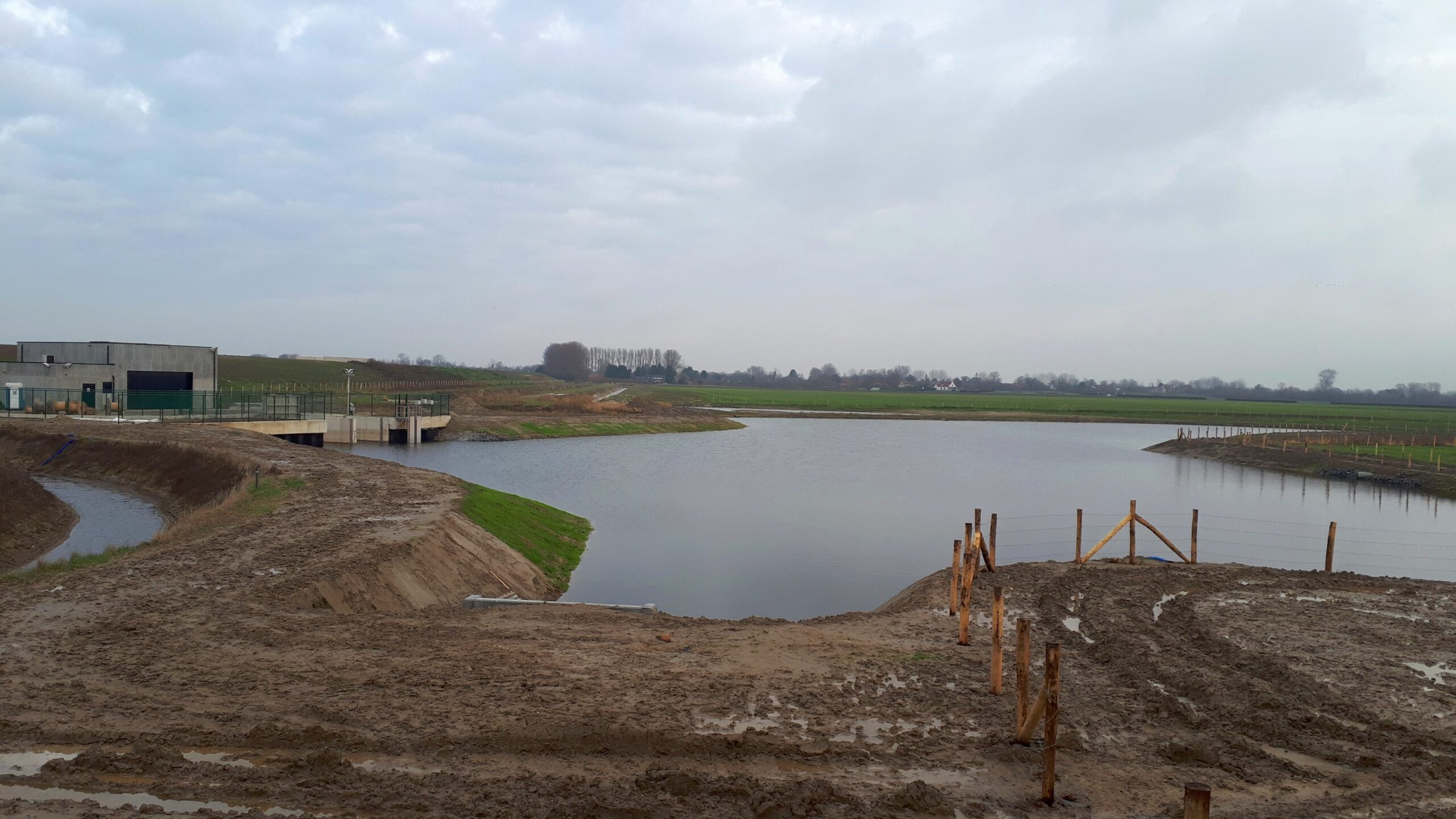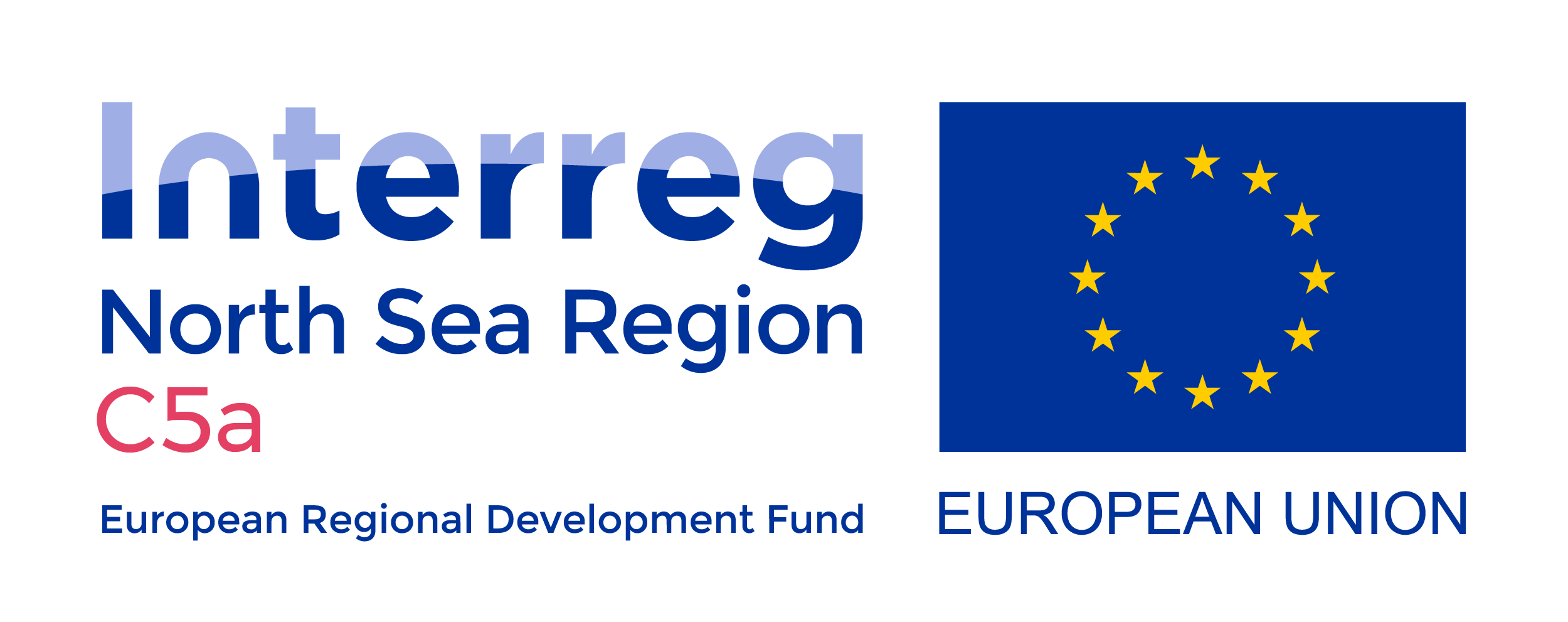Vi använder cookies för att webbplatsen ska fungera på ett bra sätt för dig. Genom att surfa vidare godkänner du att vi använder cookies.
The Zwin
- Location: Knokke, Belgium & Sluis, the Netherlands
- Case Study Lead: Flanders Environment Agency
- Constituent Systems: Coast, catchment and infrastructure networks
Pillars:
What is your case study about?
The Zwin Nature Reserve has an area of 1.25 km² in Knokke-Heist, Belgium and 0.33 km² in Sluis, the Netherlands. It is famous for its large variety in salt-resistant flora, such as sea lavender, and also popular with bird watchers. In 1986 it was declared a Wetland of International Importance. It is also a Natura 2000 site. As a result of climate change, sea level rise and silting are threatening the tidal marshes, impacting both ecology and the drainage capacity of the Zwin area. Considerable investments were made over the past few years to extend the Zwin Nature Reserve and to increase its capacity to be climate resilient. However, it still remains to be seen if the current system is ready for anticipated climate effects.
The main objective of this case study is to (1) assess the anticipated climate impacts on the Zwin Nature Reserve, (2) take into account additional pressures from a Cloud-2-Coast approach, and (3) verify the efficiency of current dimensions and infrastructure from the area. This should lead to an optimal balance between nature, recreation, agriculture and housing, increase the drainage capacity as well as the availability of freshwater into the area and avoid the silting of agricultural land in the vicinity of the Zwin.
Which pillars have you focused on and why? How do you assess the pillars?
The whole-system approach is considered the main driver for the Zwin case. Due to the limited dimensions of the water system in the area, it was more manageable for water managers and stakeholders to consider the entire water cycle including rainwater, the interactions with the canals and groundwater resources as well as the sea. The case also focuses to create a more natural landscape while preserving freshwater resources for agriculture and at the same time to identify measures with additional benefits in flood management and sea-level rise. In addition, the case made us realize that maintaining a whole-system approach is more complex when the water system is more extensive or more functions are present and there is bigger economic impacts. Therefore, as part of an inclusive process, stakeholder involvement was organized by the public administrations in 2016 and including the appointment of a dedicated project coordinator and a public online and on-site information campaign. In addition, individual consultations were conducted with businesses around the area, with farmers, to make sure their concerns are taken into account. This resulted in the implementation of an innovative pumping station to safeguard the (ground)water quality; and because of this measure, no considerable delays were reported and a good basis for further exchanges was established.


What have been the benefits of applying those pillars?
By applying a whole-system approach, not only the specific challenges in the water system were addressed, but also other aspects were taken into consideration. The biggest advantage is that together with the extension of the scope, the discussion also extends the planning horizon (duration, future prospects), which is very beneficial to take into account climate projections. By doing so, local measures are more sustainable, more climate-adaptive and less limited to a specific silo. On the other hand, the extensive stakeholder involvement process lead to a quicker implementation of measures. It was also facilitated easier process to understand and address specific concerns. As a result, plans and infrastructure were adapted and a more solid basis was lead for future developments. However, it may need to be said that the project scope and size were optimal for this process to succeed.
Overall, measures are often implemented from a single perspective. However, involving a range of different thematic experts will allow us to better understand, value and address the whole-of-system.
Stevie Swenne, project manager for C5a in The Zwin area.




